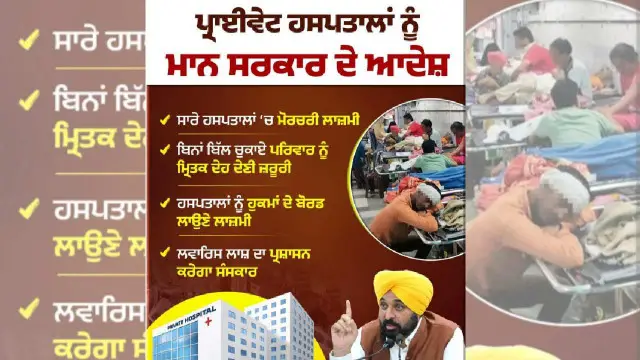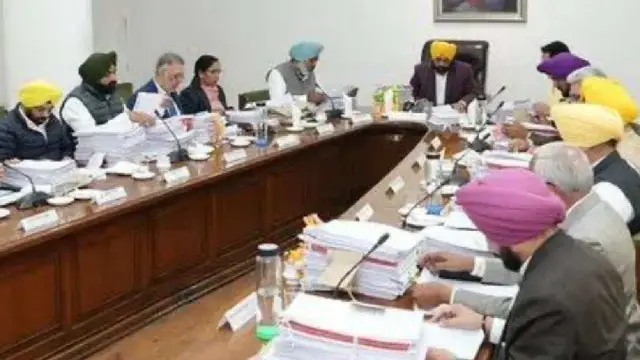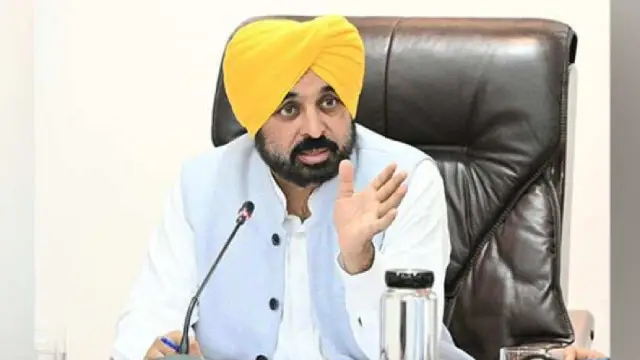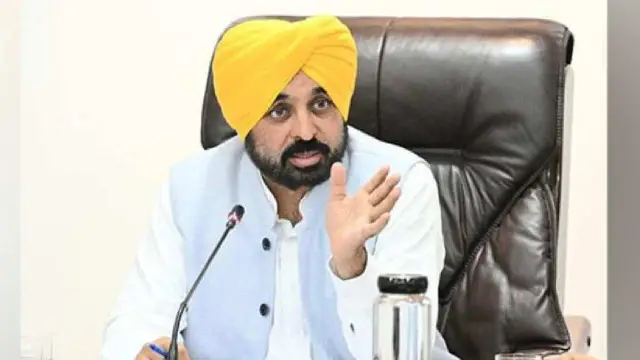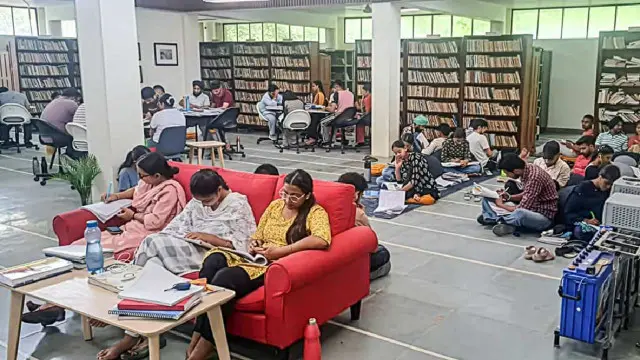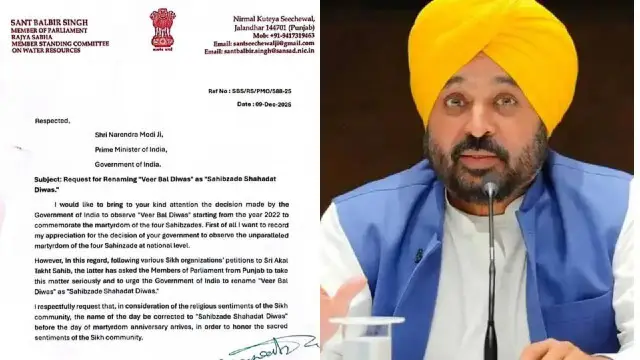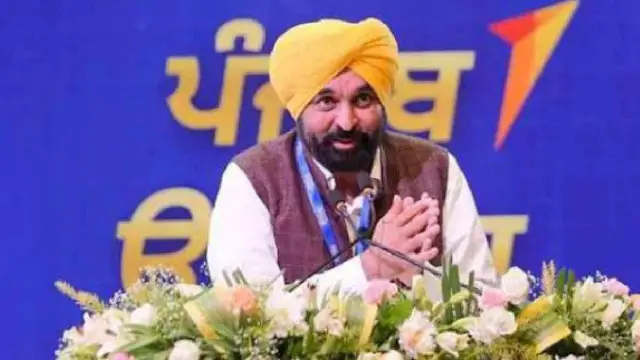Bhagwant Mann’s ‘Our CM in Our Fields’ Brings Governance to the Ground
With new technology, efficient power supply, and direct farmer engagement, Punjab is witnessing a transformation towards sustainable and farmer-first governance.
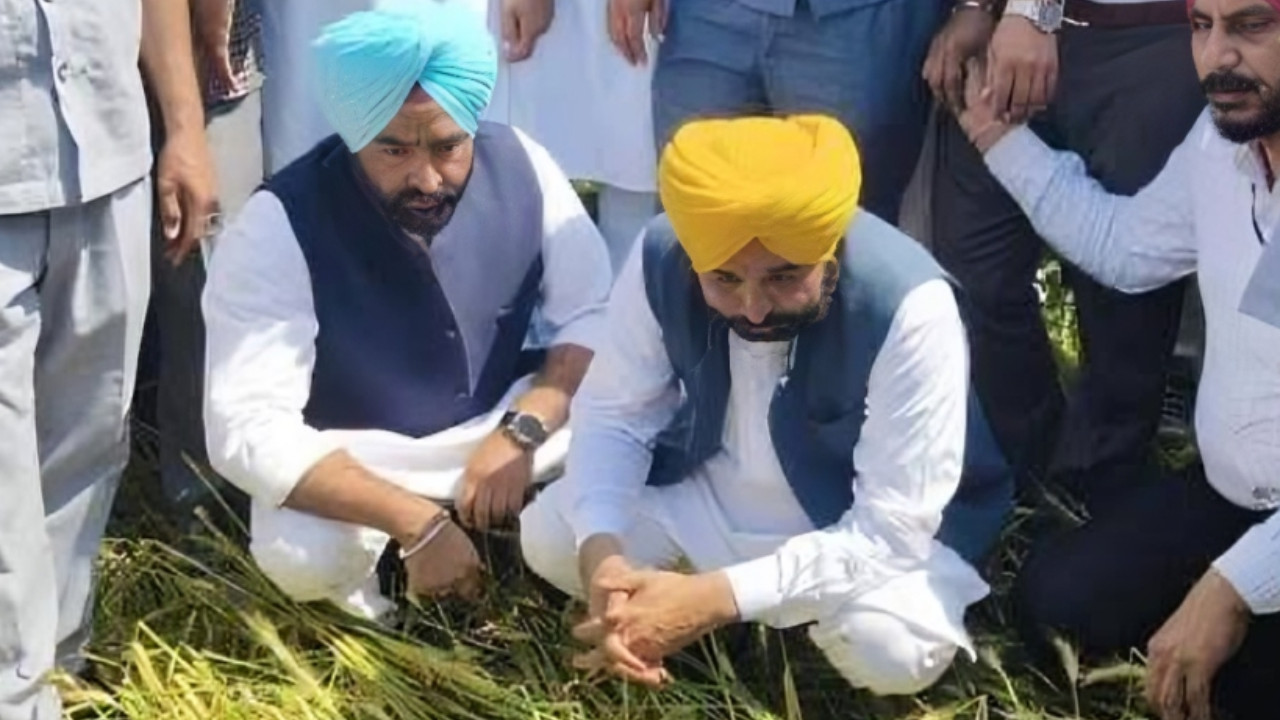
Chandigarh: Punjab’s Chief Minister Bhagwant Mann has created a new definition of governance in the state through ‘Our CM – In Our Fields’. The Punjab CM himself reaches farmers’ fields and listens to their problems and ensures immediate solutions. The CM has conducted extensive tours of all 23 districts of Punjab and established direct dialogue with more than 3,200 farmers till October.
Under this revolutionary initiative, farmers’ complaints are being resolved on average within 48 hours, whereas earlier this same process used to stretch for 20-30 days.
How Is Government Supporting Farmers During Procurement Season?
In the current Rabi season 2025, the Punjab government has set an ambitious target of procuring 142 lakh metric tonnes of wheat. 4,500 procurement centres have been established across the state where a transparent procurement process is being ensured for farmers with a guarantee of a minimum support price of Rs 2,275 per quintal.
Through Direct Benefit Transfer, farmers are now receiving payment within 24-36 hours of selling their crops, and in this season so far, Rs 11,400 crores have been transferred directly to the bank accounts of 7.8 lakh farmers.
What Steps Are Being Taken to Save Water in Punjab?
To tackle the decline in groundwater levels and water crisis, the Punjab government has launched a special ‘Water Conservation and Irrigation Modernisation Package’ worth Rs 3,200 crores. In the last 15 months, cleaning and repair work of 1,150 kilometres of canals has been completed.
Under the ‘Save Water, Earn Money’ scheme, farmers adopting micro-irrigation systems are being given subsidies up to 90 per cent. 28,500 farmers have joined drip and sprinkler irrigation so far, resulting in 35-45 per cent water savings.
How Is Punjab Improving Power Supply for Farmers?
Giving priority to electricity supply in the agriculture sector, the government has started the ‘Light to Every Field’ campaign. Currently, farmers are getting 10-11 hours of electricity during the day, which has a target to be increased to 14-15 hours by December 2025.
With an investment of Rs 1,650 crores, 4,200 new transformers have been installed, and complaints are being resolved on average in 6 hours through the ‘Bijli’ app. The state government is giving an annual subsidy of Rs 8,200 crores to farmers for free electricity.
What Are Benefits of New Agricultural Equipment Scheme?
Under the ‘New Agricultural Equipment Scheme’, a 50-75 per cent subsidy is being given on modern agricultural equipment. In the last 20 months, 46,000 farmers have received subsidies worth Rs 820 crores. 8,500 machines have been distributed for stubble management, which has reduced stubble burning by 68 percent. 420 ‘Custom Hiring Centres’ have been opened for small farmers where equipment is available on rent.
How Is Technology Helping Farmers in Punjab?
Under the crop insurance scheme, Rs 285 crores were given to 58,000 disaster-affected farmers within 10 days this year. AI drones and satellite technology have been introduced for crop damage assessment. Under the ‘Punjab Farmer Prosperity Scheme’, loans up to Rs 5 lakhs are available at 0-2 per cent interest on Kisan Credit Cards. 3.1 lakh new KCCs have been issued so far, and Rs 2,100 crores of debt of small farmers has been waived.
4.2 lakh farmers are registered on the ‘Punjab Kisan Portal’ and ‘Kisan Suvidha App’ who can get information about soil testing, crop advice, market rates, and subsidies. 5.2 lakh calls have come on the toll-free helpline, and 94 per cent of problems have been resolved. 184 ‘Integrated Farmer Service Centers’ have been opened at the district level, which provide one-stop solutions.
The Chief Minister’s unique initiative is creating a new definition of governance in Punjab. For the last several months, the Chief Minister has visited 4-5 villages, drunk tea with farmers, gone to fields and listened to problems, and given instructions to officials on the spot. Action reports are demanded within 48 hours.
These are not formal visits but a commitment to understand farmers’ real problems and provide immediate solutions. The farmer of Punjab now says with confidence, “Our Chief Minister stands with us.” This initiative proves that when the government gives priority to farmers and is sensitive to their problems, true transformation in the agriculture sector is possible.




